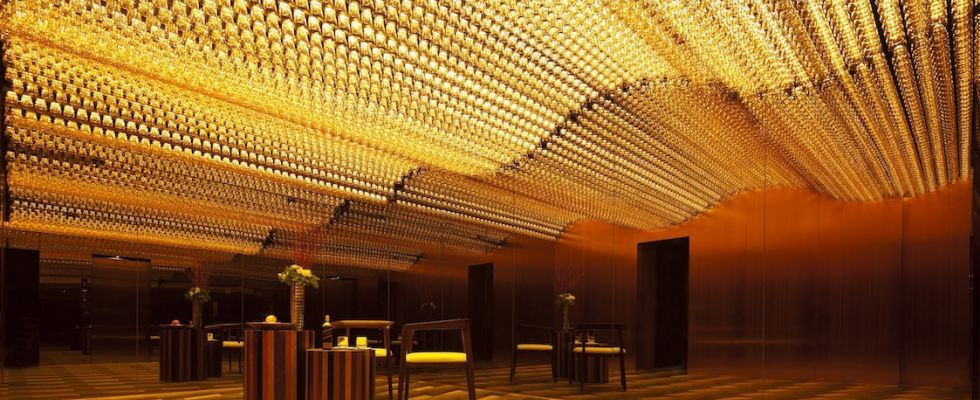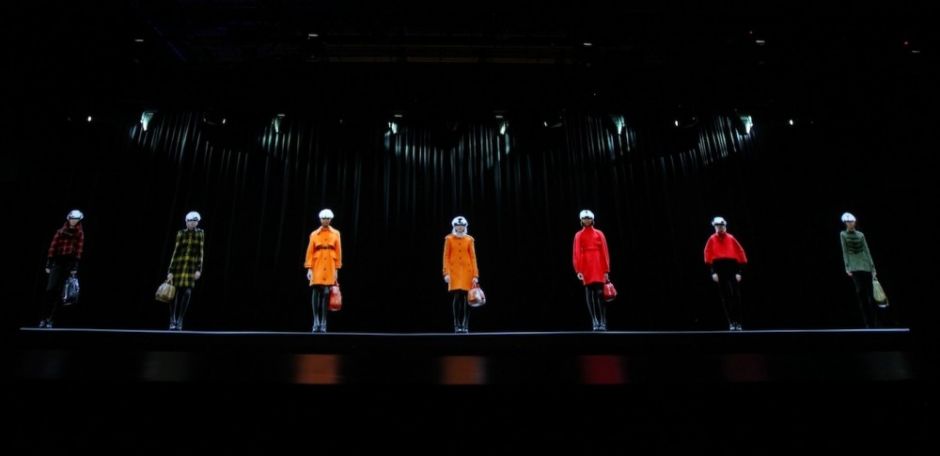New Luxury in China
Chinese luxury used to be bold, brash and bling. But as the country’s wealthy consumer matures and fragments, a new set of values have emerged. Now brands are having to work harder and more creatively

When Louis Vuitton hosted the launch of its first Chinese flagship store in Shanghai, it was a truly glamorous affair. VIP guests quaffed champagne from flutes, while models wearing fur coats strutted about a shop floor that was covered in the brand’s gilt-lined steamer trunks.
That was 2004. Back then, luxury was fresh, new and exciting. The spend was big, the cars fast and the wallets fat. The market was being driven by the country’s wealthy consumers and elite renminbi millionaires. They bought big and bold, and wanted to show off that they could afford it. Since then the market has grown to an astounding $9 billion, according to McKinsey, and has overtaken Japan to become the world’s second largest luxury market. And it’s still growing. According to research consultancy Bain & Co, it’s predicted to expand by 25% by the end of this year.
Now in 2011, things are a little different. Sure, there’s still some conspicuous consumption, but for the majority of consumers, the taste for luxury has largely changed. ‘Generally, Western perceptions tend to be that Chinese consumers are still immature regarding luxury,’ says Jonathan Hasson, Co-Director of Luxury Concierge China. ‘They think of bling, excesses and brashness. But having been exposed to luxury for over a decade, Chinese consumer tastes and needs have matured rapidly.’ Nick Marshall, a luxury consultant that specialises in emerging markets, agrees, and says how many consumers now embrace much deeper values. It’s not just about showing off wealth, but showing off good taste. ‘They’re looking to demonstrate outwardly that they also know what to do with their money, and show that they’re sophisticated and cultured.’
To add to the complexity of the market, there’s also a disparity between the tastes of the old wealth and the young, according to Marshall. ‘The existing, more mature luxury consumers are becoming more sophisticated and discerning,’ says Marshall. ‘Whereas the new, younger consumers in more cosmopolitan cities such as Shanghai and Beijing often have a greater international outlook.’

With increased competition in the luxury sector and more demanding consumers, brands are having to be more creative and impressive in their activation to cut through and get noticed.
Regional Tastes
Then there’s the issue of location. Consumers in first tier cities, such as Shanghai and Beijing, have had access to luxury retail for several years, and have therefore developed their tastes. ‘This segment is much more sophisticated with their spend,’ says Nick Marshall, ‘They want craft, provenance and quality.’ Meanwhile, in the Tier Two and Tier Three cities, luxury is still relatively new for consumers. ‘They don’t ask the same questions,’ says Marshall. ‘They’re at the stage where they want a lot more bling.’
Unexpected Spaces
So the Chinese luxury market isn't very straight forward. And marketing to its consumers isn't as easy as it used to. ‘With increased competition in the luxury sector and more demanding consumers,’ says Marshall, ‘brands are having to be more creative and impressive in their activation to cut through and get noticed.’
So how are they doing this? Some brands are creating physical ‘energy’ spaces, which function as a tangible place in which to bring their values, story, and history to life.
Whisky brand Johnnie Walker, for instance, has done this with its Johnnie Walker House in Shanghai. It acts as a place for consumers to learn about the provenance and processes behind the drink. Installations are used to explain how the spirit is produced, such as the whisky constellation, which is used to communicate how the drink is flavoured. It also hosts its own lectures, masterclasses and dinners.
Another unexpected space is Swatch’s bold new boutique hotel that functions as an incubation workshop for artists. The Swatch Art Peace Hotel in Shanghai, which opened its doors this summer stands inside the former Palace Hotel in Bund, originally built in 1909, and functions as a live-in residence for artists visiting the city. Invited composers, designers, videographers and other creatives can stay for six months and exhibit within the in-house gallery. Their stay is free, just so long as they donate a piece of work to the hotel’s collection. As for non-artist guests, they can pay to stay amongst the creative environment in one of the lavish suites.
Brand Theatre
Other brands are using a more theatrical approach to activate their brand. To celebrate its new flagship store in Beijing this summer, Burberry created a giant digital launch party. The walls of the store were turned into giant floor-to-ceiling video screens showing the latest runway collection. There was even a virtual catwalk, created with hologram projections of models who walked the length of the room and then exploded into a cloud of water vapour.
To launch its new Arceau Le Temps Suspendu watch, French luxury brand Hermés created a pop-up theatre in Beijing. At the Beijing Flying Club, the brand created an installation that aimed to recreate moments from a timeless dream, inspired by the ‘timeless’ function of the watch, which lets the wearer make the date and time disappear from the clock’s face if they press the 9 button. Guests were invited to enter the space through a cuckoo clock door, which led them through a series of scenes complete with actors and progressively stranger events. The first section was a garden featuring people playing croquet. Then people walked through a maze with ballerinas hunting men in animal masks, which led to an aquatic scene with fisherman. The final part let guests go on a short trip in a real hot air balloon.
So what’s next for brands in China? As the market shows no signs of slowing down, they only have their work cut out. ‘China has built an incredible economy, through hard work, determination and ambition,‘ says Hasson. ‘They’re now reaping the benefits of this incredible growth story of the past 30 or so years.’ As a result, brands will have to be even more imaginative and creative to find ways to appeal and engage this confident, wealthy audience.


